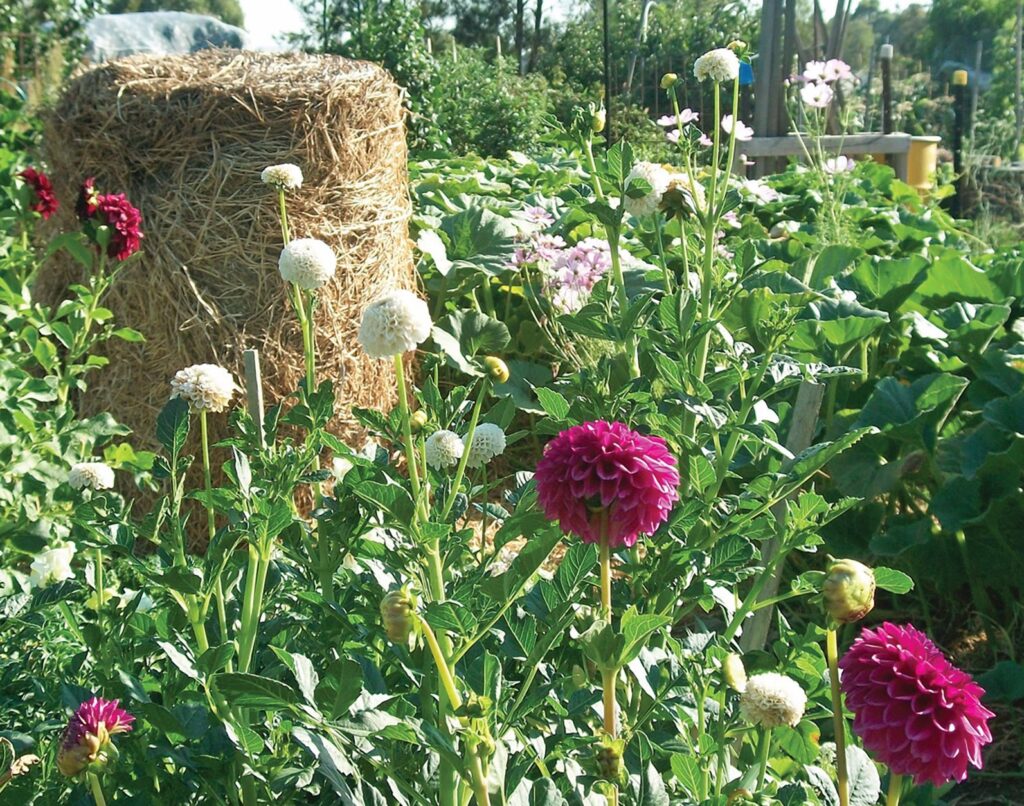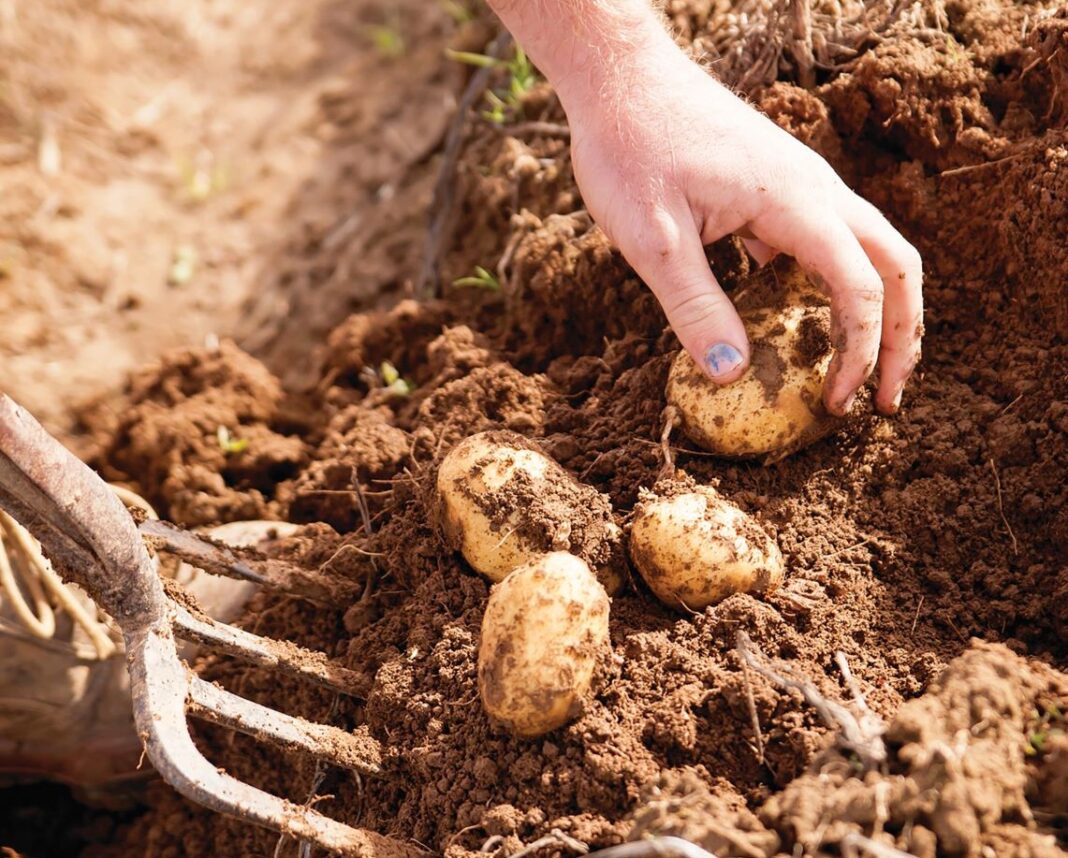Spring is the time to carry out general maintenance and odd jobs around the garden. Here are some jobs to tackle in the garden this week:
- Preparation of beds for planting. I like to aerate beds with a garden fork, top dress them with compost or aged cow manure, then apply an organic mulch such as lucerne, pea straw or sugarcane to a depth of 5-10cm. Alternatively, you can dig in spent, non-diseased, winter veggie crops or immature leafy weeds as a nutrient-rich soil improver for future plantings. If you are keen to plant straight away, creating trench composting systems adjacent to new plantings is the way to go.
- Fertilisers can be applied in spring once the weather warms up, as they are more readily absorbed by plants when they are actively growing. Go organic wherever possible and avoid over applying synthetic fertilisers as it encourages vulnerable growth (making plants more susceptible to pests/diseases, sunburn, etc.), leads to salinity build-up, and is a waste of resource and money.
- Many plants can be transplanted and divided before it gets too hot. Reduce overall plant size as needed (including root mass), to improve stability and minimise stress. Water in with plant tonics such as seaweed extract or homemade worm and comfrey tea.
- Spring is the ideal time for pruning many shrubs after flowering and when the worst of the frosty weather has passed. Pruning cuts heal more efficiently at this time of year when sap is more active. Pruning should be carried out with clean, sharp ‘parrot style’ secateurs and loppers. Secateurs can be used to cut stems up to 15mm in diameter, and loppers up to 25mm. Larger wood should be cut with a pruning saw.
- Citrus and other fruiting tree care is a priority after winter. Regular applications of fertiliser teas, compost brews, and appropriate trace elements, secure future harvest potential and overall plant health.
- Aerate, de-thatch and fertilise lawn areas. Adjust your mower to the lowest setting and give your lawn a close shave to remove congested growth; aerate it with a broad fork to increase water and nutrient absorption. Apply both liquid and granular fertilisers which have a NPK (nitrogen, phosphorus, potassium) mix suitable for lawns. Top dressing older lawns with organic matter is also beneficial.
- It’s time to purchase certified seed potatoes for the upcoming growing season. Potatoes are nutritious and versatile, with types to suit all manner of dishes and cooking styles. Potatoes require deep, well drained acid soils, high in organic matter. They require a minimum three-year crop rotation and cannot be planted before or after other members of the Solanaceae family, such as tomatoes and eggplants. Potatoes can be sown from September to January, dependent on variety and also to secure an extended harvest. Go for a selection of early, eat-now varieties, as well as later season ones, which are suited to longer-term storage.
- When purchasing plants this spring, consider varieties attractive to beneficial insects and bees, our tireless and invaluable garden besties. Such plants come in all shapes and sizes, and with uses to satisfy every gardener’s requirements. Include a diversity of flower types and times to ensure an ongoing pollen and nectar supply.

More stories:



